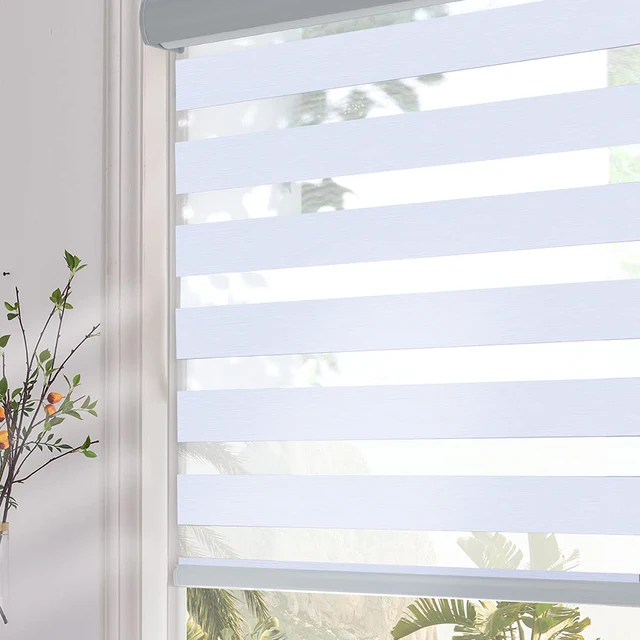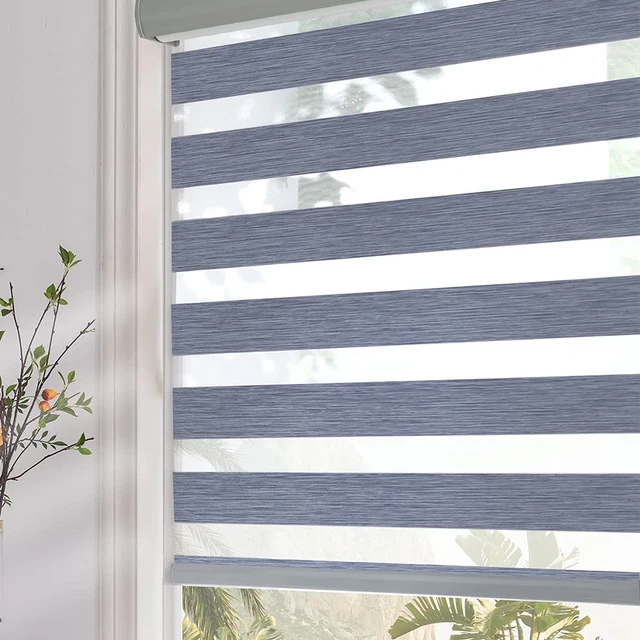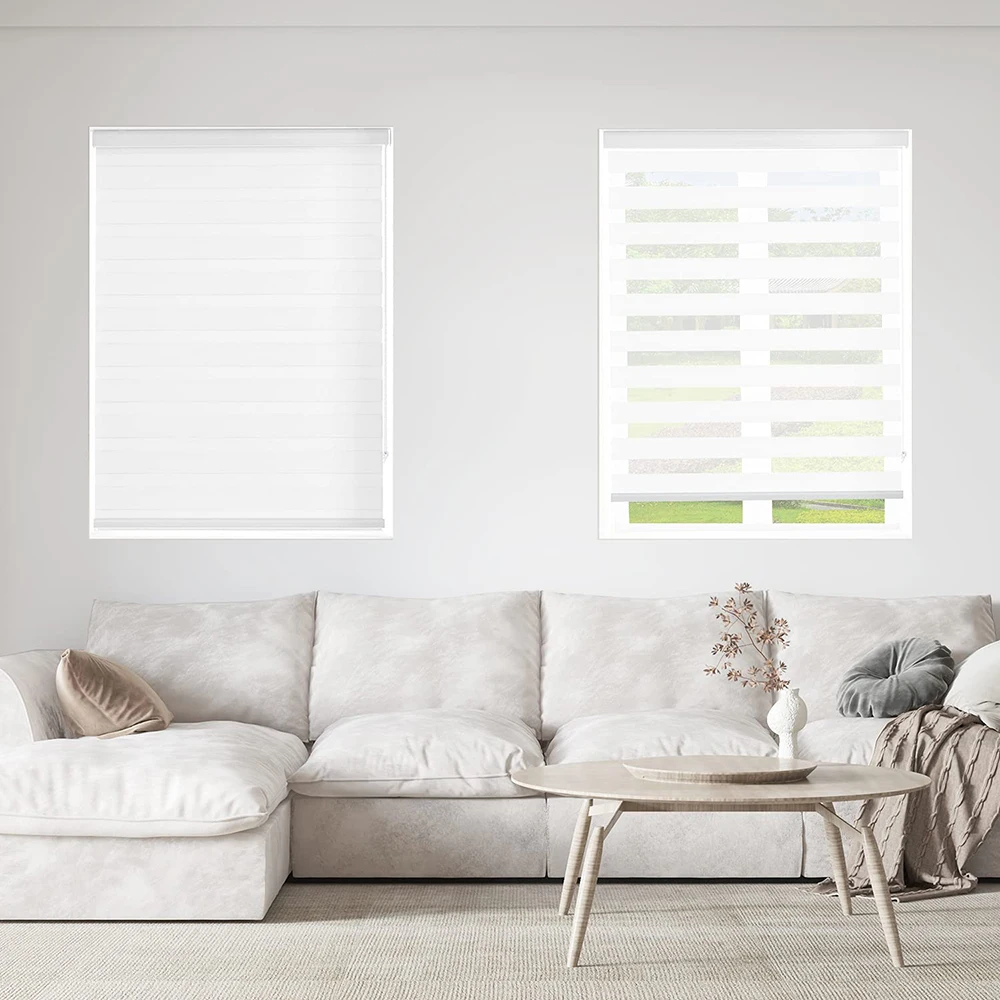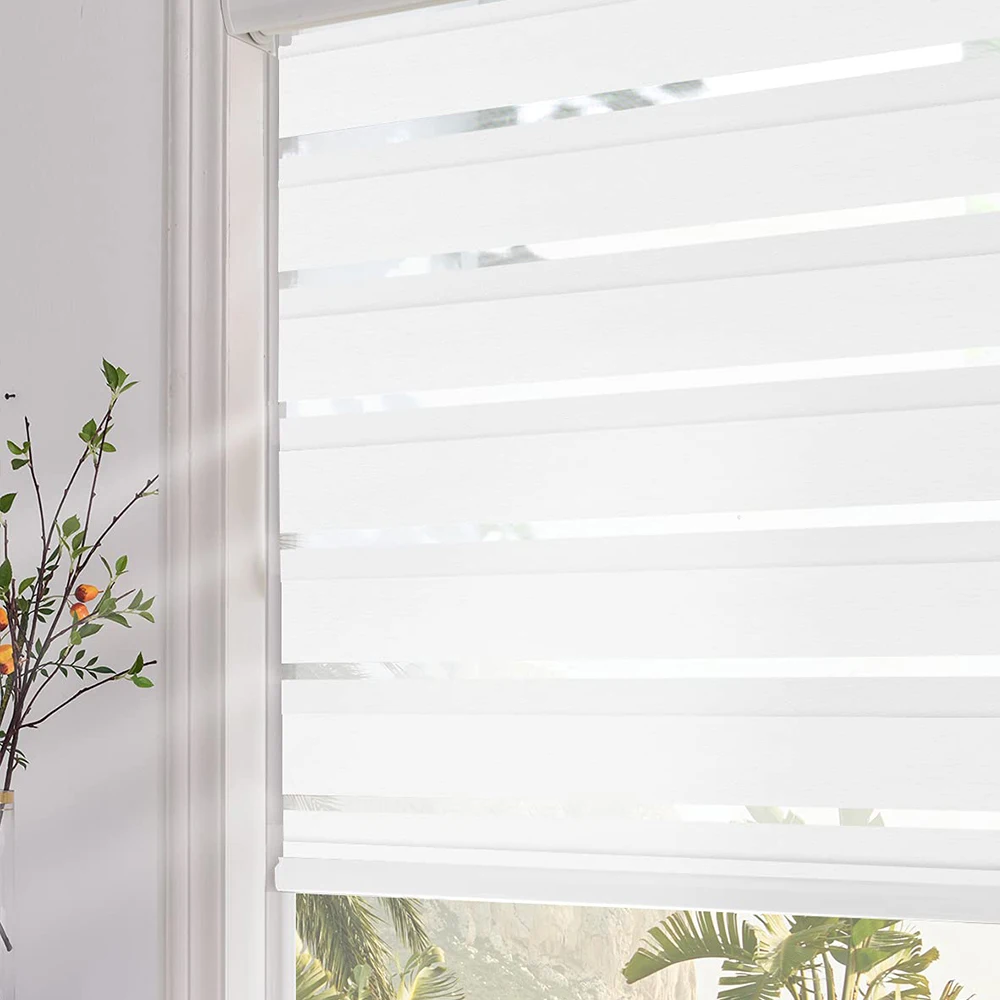An Overview of Different Blind Types
Blinds add style and privacy to any space. Choosing the right type is key.
Single-String Blinds
Single-string blinds are common and easy to use. Pull the cord to adjust light.
Top Down-Bottom Up Blinds
These versatile blind let you adjust from top or bottom. They’re perfect for any room.
Continuous-Cord Blinds
With a continuous cord, these blinds are simpler to handle. Just pull up or down.
Cordless Blinds
Cordless blind are safe for kids and pets. No cords mean less hassle and risk.
Blinds with Rods
Classic rod blinds are timeless. Adjust slats from either side for style and function.

Step-by-Step Guide to Lowering Blinds
Lowering blind is a simple process when you follow these steps.
Step 1: Locating the Pull String
Start by finding the pull string, usually found on the blind’s right side.
Step 2: Unlocking the Blinds
Gently tug the string diagonally to release the clutch and unlock the blinds.
Step 3: Adjusting the Slats to Lower the Blinds
Once unlocked, ensure slats are flat for even lowering, adjusting as needed.
Step 4: Evenly Lowering the Blinds
Slowly lower the blind by loosening your grip on the string, keeping slats flat.
Step 5: Locking the Blinds in Place
Pull the string to the right at an angle to lock the blind at your desired level.
Step 6: Closing the Slats for Privacy
Rotate the rod gently to close slats and enjoy your preferred privacy level.
Ideal Blind Positions for Different Needs
Understanding how to position your blinds can enhance privacy, control light, and improve the look of your room.
Upward Position for Privacy and Light Control
To strike a balance between privacy and light, angle your blinds upward. This way, the top of the slats tilts away from the window, preventing people from seeing in while still letting light filter through. It’s great for living spaces where you want both light and privacy.
Downward Position for Complete Darkness
For complete room darkening, angle the blinds downward. This position blocks light effectively and gives total privacy. Use this in bedrooms or media rooms where darkness is essential. It can help you sleep better or enjoy movies without glare.

When to Close Your Blinds
Considering Privacy, Light, and Aesthetics
Knowing when to close your blind can make a big difference in your home’s comfort and privacy. Here’s what to consider:
- Privacy: Close your blind if you want to keep prying eyes out, especially at night or when you’re away.
- Light: If too much sunlight is a problem, lower your blind during the brightest part of the day. This can reduce glare and protect your furniture from sun damage.
- Aesthetics: Adjust your blind for a pleasing look. Matching the angle of your blinds with your room’s design can enhance its overall charm.
Keep these points in mind to get the most out of your blinds, whether for function or style.
Troubleshooting Common Blind Issues
Blinds are reliable, but they can have issues. Let’s troubleshoot common ones.
Fixing Stuck or Uneven Blinds
Stuck or uneven blinds can be a nuisance. Here’s how to fix them:
- Check for loose or stuck slats and gently adjust.
- Make sure the pull string is not tangled or caught.
- If blind won’t move, the clutch might be jammed. Gently tap it.
- Level out blind by tugging strings on both sides.
- Use a flat object to reposition a slat back into the rail.
Practice patience and care when fixing blinds to avoid further issues.
Dealing with Damaged Cords and Strings
Damaged cords can stop blinds from working. Here’s how to handle it:
- Inspect the cords for wear or fraying.
- If broken, remove the blind and replace the damaged string.
- Restring the blind if the cord is tangled or long.
- Consider switching to cordless blind for a long-term fix.
Regular checks on the condition of cords can prevent unexpected issues.
The Importance of Regular Blind Maintenance
To keep blinds functioning well, regular maintenance is necessary. This routine care can prevent damage that often results from neglect and ensure that blind last as long as possible. Here are key aspects:
Preventing Damage and Prolonging Lifespan
- Clean Regularly: Dust and dirt accumulation can lead to fabric degradation and mechanical problems. Regular dusting and gentle cleaning maintain blind quality.
- Check Mechanisms: Operating mechanisms can wear out over time. Regularly check cords, strings, and rods for signs of wear or fraying.
- Adjust Carefully: When raising or lowering blind, use a gentle touch. Harsh pulling can strain the system.
- Spot Damage Early: Watch for signs of damage like uneven lowering or difficulty in adjusting. Early detection can prevent bigger problems.
- Schedule Maintenance: Set a schedule to inspect and maintain your blind. This routine can help identify issues before they worsen.
Regular maintenance not only keeps your blinds in top shape but also maintains their appearance, contributing to the aesthetics of your space. Thus, know how to put blind down properly and care for them ensures their longevity.

Knowing When to Replace Your Blinds
Despite regular care, blinds wear out and need replacing. Knowing when to replace them is key.
Signs It’s Time for a New Window Treatment
Blind last for years, but they don’t last forever. Here are signs it’s time for new ones:
- Wear and Tear: If slats are bent or the fabric is frayed, it’s time.
- Hard to Operate: Blind should lower smoothly. Struggling means they need replacing.
- Outdated Style: Trends change. Update old blind to refresh your room’s look.
- Broken Mechanisms: If cords are worn or mechanisms stuck often, consider new blind.
New blinds can transform a room. They offer better function and a fresh style.
Choosing the Right Replacement Blinds
When you decide it’s time to replace your blind, consider the following factors to choose the best option:
- Material: Select a material that fits your needs. Options include wood, faux wood, aluminum, and fabric. Each material has its pros and cons in terms of maintenance, aesthetics, and cost.
- Style: Think about the overall decor of your room. Blinds come in various styles, from classic Venetian to modern roller shades. Choose a style that complements your space.
- Functionality: Consider how you use the space. Do you need light control, privacy, or insulation? Different types of blind offer varying levels of functionality.
- Budget: Determine how much you are willing to spend. Blind come in a wide range of prices, so set a budget that allows you to choose quality options without breaking the bank.
- Professional Help vs. DIY: Decide whether you want to install the blinds yourself or hire a professional. Some types, like vertical blind or custom shades, might require expert installation.
Maintenance Tips for Longevity
Once you have installed your new blinds, proper maintenance can help extend their lifespan:
- Regular Cleaning: Dust your blind regularly using a microfiber cloth or duster. For fabric blind, vacuuming with an upholstery attachment can help.
- Avoid Excessive Moisture: If your blind are in a high-humidity area, like a bathroom, opt for materials that resist moisture and mildew.
- Handle with Care: Be gentle when operating your blind to avoid damaging the slats or mechanisms.
- Inspect Periodically: Regularly check for signs of wear and tear or mechanical issues so you can address them early.
Conclusion
Knowing when to replace your blinds can help maintain the aesthetics and functionality of your home. By recognizing the signs of wear, choosing the right replacements, and maintaining your new window treatments, you can ensure they enhance your living space for years to come.








